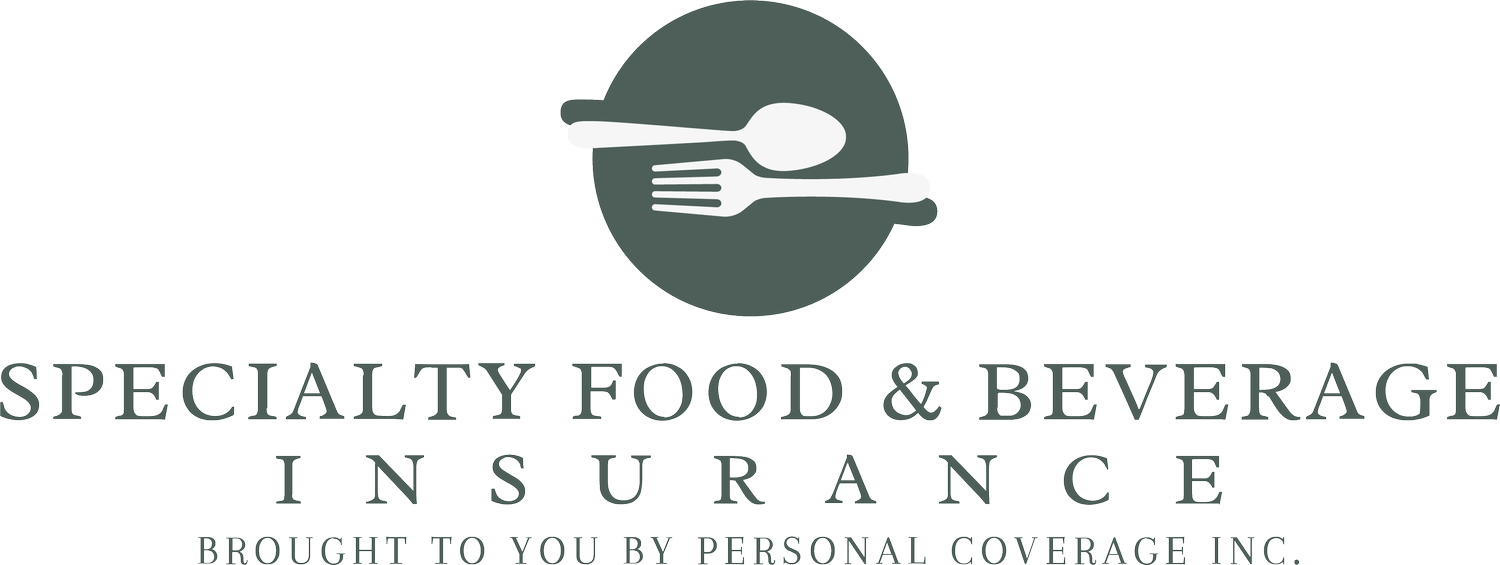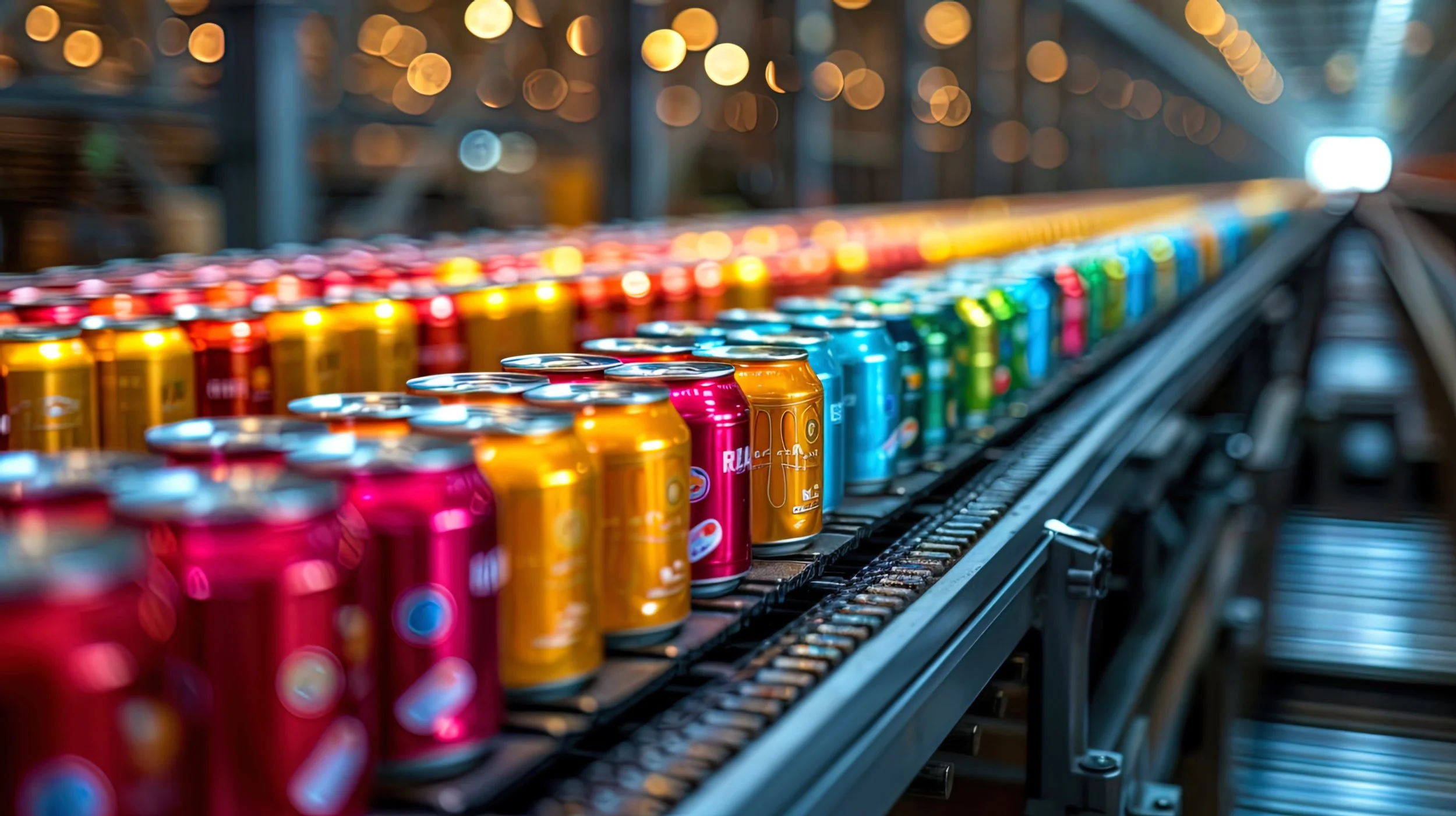
Beverage Insurance
Beverage products and beverage insurance are a fast-growing segment. New beverage products are blurring traditional lines and using ingredients not seen before. All beverage companies need either General Liability or Product Liability for protection and to gain access to markets.
Beverage Insurance For
Beer | Wine | Spirits | Juices | Soda | Water (Including Flavored Water) | Coffee | Importers | Nutraceuticals | Functional Beverages
Beverage Insurance – General Liability
General Liability for beverage manufacturers and importers, is critical to succeed in the marketplace. This form of liability insurance is the most requested form of insurance in vendor contracts. General Liability contains both liability for your premise and operations as well as product liability. Product liability, on its own, is available but for most businesses, not as versatile.
Beverage products, from an insurance perspective, seem to fall into the following categories:
Alcoholic
Non-alcoholic traditional
Non-alcoholic with traditional and new age ingredients
Nutraceutical or beverages emphasizing health benefits (with and without traditional ingredients)
Energy Drinks
We see beverages produced by co-packers, in shared space commercial kitchens, owned facilities and imported from many countries. The name on the label is considered the manufacturer regardless of who physically produces the product.
Commercial Umbrella Liability or Excess Liability can increase liability limits when needed or required. This can be done with the primary liability policy (one policy number) but it may require a separate policy.
Contract Considerations for Beverage Insurance
When securing General Liability or Product Liability the following tips will help when complying with vendor contracts:
Know your limits of liability per occurrence and in aggregate. Contracts will either stipulate one number or two. When only one number is stated in the contract, it usually means a limit of liability per occurrence. Two numbers looks like, x,xxx,xxx per occurrence with a x,xxx,xxx aggregate. Additional limits can be purchased by using Umbrella or Excess limits.
Some vendors may put products in classes meaning, higher hazard products need higher liability insurance limits than lower hazard products. Know your class.
Endorsements or changes to the liability insurance often need to be made. Here are the common changes:
Adding an Additional Insured (usually Vendors Additional Insured but not always)
Waiver of Subrogation (each party agrees not to have their respective insurance companies go after each other)
Primary and Non-Contributory (vendors insurance does not contribute to the claim until after yours is used up)
Cancellation Notification (often dictated by state law but can be changed by contract)
Other Insurance for Beverage Companies
Although liability insurance is most requested by beverage companies, do not forget about coverage for:
Inventory at a specific location
Property in transit
Product sold in other countries
Product Recall/Contamination
Workers Compensation
Getting the right beverage insurance coverage, for the right price, is not as straight forward as it used to be.
We can help with alcoholic beverages, non-alcoholic beverages, energy drinks, nutraceuticals and functional beverages. We serve all types of beverage businesses including beverage manufacturers, importers, copackers, beverage distributors and more.
Learn More About Beverage Liability Insurance
-
Hi Everyone, Tom Wallace from Personal Coverage and Specialty Food & Beverage Insurance. Just gonna give you a quick overview here of commercial general liability insurance which is applicable to just about every type of food and beverage business.
Commercial General Liability
Okay, some specifics about commercial general liability, what it covers what it’s intended to do.
Bodily Injury and Property Damage to 3rd Parties
First off, commercial general liability covers bodily injury and property damage to third parties due to your negligence and the negligent action emanates from your premise or operations or a product or completed operation.
Premise or Operations
So, for food and beverage businesses that own a particular location and do your manufacturing, retailing, whatever you happen to do, and you have an actual premise or you rent a space from someone and you’re conducting an operation at a specific address, you’ve got a premise and an operation exposure as well as products which is the product that you actually make.
Products or Completed Operations
A completed operation, think more about in terms of… I find the construction analogy works well. If you had somebody building a deck on your house when they show up they didn’t necessarily mill the wood and create the nails and the bolts and all the things that it takes to actually construct a deck on your home. They took all those products and assembled them and that would be considered a completed operation.
Personal Injury and Advertising Injury
General liability also covers personal injury, libel, slander, defamation of character, wrongful eviction, as a host of things that are in here as well as advertising injury. So, if you libel slander in an advertisement, the policy would pick up coverage again based on the exclusions but it’s not bodily injury and property damage so what we’re going to find is there’s a separate limit of insurance associated with this.
Medical Payments to 3rd Parties
Also, there’s going to be a medical payments number that’s listed on your declarations paid payable to third parties, so not to it insured. But if somebody, let’s say, trips in your parking lot and they had a first aid bill or they had an ambulance bill that they couldn’t pay, medical payments would allow for per person amount to pay for that and it’s not really negligence based. However, these medical payments do not apply to products’ claims if somebody’s hurt by your particular product it’s going to be a more lawsuit type process which is going to move us into a bodily injury and property damage limit numbers which I’ll explain in one minute.
Defense Costs
Ok, also defense costs if you are sued. As we all know, attorneys can be expensive, the process can be expensive. The policy will pay for defense costs inside, or outside, your limit of insurance which we’re going to talk about is one of a key feature that you’re going to want to look for in your particular policy. But these expenses will be paid as long as you have the limit of insurance available and whatever it is that occurred is covered by the policy.
Liability Limit Example
I’m going to give you an example of what you might see either on your current declarations page for your liability policy or in a quote that you’ve obtained from an agent or broker.
Per Occurrence Limit
Typically, you’re going to have a per occurrence limit and that’s going to be your bodily injury and property damage per any one occurrence. A million-dollar seems to be the minimum number that I see. Alright, but again, this applies per occurrence for bodily injury and property damage.
General Aggregate
Then you’re going to see a number that’s usually at least two times whatever the occurrence limit is. Sometimes it’s more. That’s a general aggregate. And a general aggregate just means that for certain types of claims, mostly from your premise and your operation, that the policy will pay bodily injury and property damage up to, in this particular example, $2 million per any one policy year. So you’ve got a million dollars per occurrence but no more than $2 million would be paid in any one policy year. When the policy renews if any of that money has been used in the general aggregate it will then reset itself for the next policy term.
Products and Completed Operations Aggregate
Another aggregate that you’ll find, and this is very important for food and beverage businesses, is a products and completed operations aggregate. So, in other words, there’s actually a separate aggregate amount specifically for bodily injury and property damage claims that emanate from your product. And again, it’s the most that will be paid in any one year and then it will reset itself at the end of the policy term.
Personal Injury and Advertising Injury
And these other three numbers you’ve got personal and advertising injury will have its own separate limit because it’s not really bodily injury and property damage, so it has its own separate limit.
Property Damage to Premise Rented
Property damage to premise rented to you, you might see it as fire legal liability perhaps, or hear of it referred to that way, and this is going to be mostly for people who are tenants. That if you are found negligent for a fire or smoke damage to your particular space this is a separate sub limit that applies to damage actually to your particular area.
Medical Payments to Others
And then medical payments, as I mentioned, typically you’re going to find a per person limit it usually is capped by the per currents limit up at the very top if you had a number of people who are injured right. And this is non-negligence based, medical payments only. So, there’s no pain and suffering or anything associated with this number. That would have to be brought as an official suit against you and then we be looking at the occurrence number at the top and then the associated aggregate limit.
Policy Features
All right, policy features. Things you want to look for in your particular policy. Clearly the limits of insurance you’re going to want to make sure that it meets whatever contractual requirements or your comfort level that you’re shooting for, but after that here are some other items that you want to pay attention to.
Does a Deductible Apply?
Some policies have deductibles, some don’t. If your policy does have a deductible, how does it apply? Is it per claim, or is it per occurrence? A per claim deductible is going to be, let’s say, for instance, if you had a particular run of a product in which five people were injured from the same run, a per claim deductible would mean you would pay whatever the deductible amount is per claim. So, if you had five claims, you pay five deductibles. In a per occurrence deductible, if that was the particular run of the product in a per occurrence deductible you would pay one deductible for the entire occurrence, not per person who is actually making the claim.
Additional Insureds
You want to be sure you know how they’re treated. Are they automatic? Are they not automatic? What do you need to do to add them? Will there be a premium charge? Because food and beverage businesses, as you expand, you’re going to need certificates of insurance and those contractual requirements that usually trigger that piece of paper will often ask to have other entities named as an additional insured on your policy. So you need to understand how that process works.
Coverage Territory
Typical policies will cover bodily injury and property damage that occurs within the US, US territories and possessions, and Canada. If you have product that’s going beyond the coverage territory, then you will want to inquire about how your policy is going to work. If someone is hurt in Spain or France or the UK with your particular product. Okay, you’re going to want to know how that responds. There are also foreign liability policies out there that may be better suited for what you’re doing.
Defense Coverage
All right, attorneys’ fees other defense costs, are they included in the limit of insurance? Which means it draws down the policy limit that you see in your quote around the declarations page. Or are they outside that limit of insurance? So, in other words, that limit of insurance that you see, is specifically for the settlement, not necessarily for settlement and defense costs.
Coverage Limited to Designated Products
Is it open-ended? Certainly, your underwriting process is very focused on the products that you actually make, but does the policy actually limit your coverage to the designated products? A true product liability policy will have that type of stipulation in it so you’re going to want to know that.
Virus and Bacteria Exclusions
There are typically virus and bacteria exclusions. This is bodily injury property damage to a third party due to something a virus or bacteria buildup or introduction into your particular product. These endorsements typically take coverage away but I find that a good amount of them will add back the coverage as long as the product is intended for consumption. But you’re going to want to make sure that that little add back is included in your virus and bacteria exclusion.
How’s the Policy Audited
Typically, it’s going to be on an annual basis. The premium is based on estimated sales for a policy term. At the end of your policy term your insurer will send you something that says please tell us how you did in the policy terms in terms of gross sales. If the sales were higher, anticipate a bill coming for the balance of the premium between what you paid and the higher amount. If you did not achieve the sales that you thought you might, perhaps you will be looking at some type of a refund or credit but again this will be based on the type of policy that you have. There are policies out there, especially in the surplus lines market, where the minimum premium is going to be the premium that you paid and if your sales end up lower there may not be a refund. So, you want to be sure you understand how that works.
Is it Occurrence or Claims Made?
And then this last one it could be a subject of another presentation all together but you’re going to want to know what kind of liability form your purchased. Is it an occurrence form or is it a claims-made form, and essentially the difference between these two is when the coverage is actually triggered? An occurrence form an example of that would be if somebody drank your beverage or ate your food product today and didn’t file the claim until next year outside of the policy period the policy that was enforced at the time that they actually drank the beverage or ate the product would be the one that paid.
In a claims-made situation, the policy that would respond to the claim would actually be the one in place that when the actual claim was made by the person, not necessarily when the occurrence happened. And there are boundaries for that and other things that go with it. But, for now, you just want to know whether you’re on a current form or a claims-made form.
The occurrence form is by far and away the most popular. It’s also the one most referenced in contracts that you will sign with third-party. So, whenever possible, if you can get an occurrence form it does smooth out that process.
Liability Insurance Overview
Alright, then, just as an overview to summarize some of the things that we’ve talked about.
Commercial General Liability or Product Liability?
Things you want to look for are your commercial general liability or product liability. Specifically, do you have an endorsement that limits coverage to designated products?
Limits Meet Contractual Requirements?
Of course, as we mentioned before, do your limits meet your contractual requirements. And this can change over time. And, it can change with the third party that you happen to be dealing with. The larger more sophisticated companies might want higher limits of insurance than some of the smaller entities that you’re dealing with, so keep that in mind.
Occurrence vs Claims Made?
Are you buying occurrence and claims, or claims made? That, you definitely want to know again. Most of you think are going to find that you’re going to be on occurrence forms. But, if you’ve got specialty products, especially beverages, energy drinks, dietary supplements, sports drinks, things of that nature, you may find that claims made is what you have or what you’re getting quoted.
Additional Insureds
Definitely understand this process because it’s one of the critical elements of your contract negotiations with other parties.
Defense Coverage
You want to try to get it outside the limits whenever possible. But, if it’s inside the limits, just factor that in when you are deciding what limit of insurance that you actually want to purchase.
What if You Don’t Need the Policy Any Longer?
And then lastly, what if you don’t want the policy any longer? What happens if you want to cancel it? If you cancel during the policy term, there can be some penalties. In the surplus market you may find that you have minimum earned premiums again as I mentioned in the audit stage the certain endorsements are attached to the policy the estimated premium may be the lowest premium that can actually be paid. So, you want to understand that process as well.
So hopefully you found this helpful. Just a very brief overview that hopefully will help you in your decision process for either evaluating or purchasing general liability on its own or as part of a package of other coverages.
If you have questions about anything that I have here, please feel free to contact me via the toll-free number that you see. It comes right to my mobile phone. Certainly, my email address or on our website. We have service and information type email addresses you’re welcome to use those as well.
And stay tuned, check back, periodically I will be posting some other presentations on items that I see that come up in dealing with food and beverage businesses.
Thank you.


